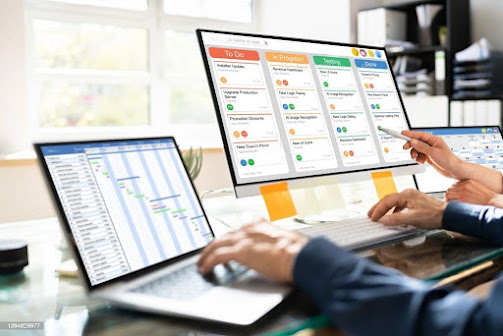Microsoft Planner Integration with other Office 365 Applications
Microsoft Planner Integration with Office 365: Boost Collaboration
Microsoft Planner is a project management tool integrated within the Office 365 ecosystem, designed to help teams collaborate and organize work efficiently. One of its greatest strengths lies in seamless integration with other Office 365 applications like Outlook, Teams, SharePoint, Power Automate, and Power BI, enhancing team productivity and workflow transparency.
Planner + Outlook: Centralized Scheduling
Planner tasks can be added to Outlook calendars, enabling centralized scheduling and easier task tracking. Notifications and updates are delivered directly in Outlook, keeping teams aligned on deadlines and progress effortlessly.

Planner + Teams: Real-Time Collaboration
Integrating Planner with Teams allows users to create, manage, and track tasks directly within their Teams channels. This ensures smooth collaboration while reducing context switching, making it easier to manage project timelines and accountability.

Planner + SharePoint: Document Collaboration
Using Planner with SharePoint allows teams to link related documents to tasks, collaborate seamlessly, and leverage custom forms and workflows within SharePoint for specialized project needs.

Planner + Power Automate: Workflow Automation
Power Automate helps automate repetitive tasks, such as updating Planner tasks based on triggers, sending automatic notifications, and integrating approvals, significantly improving workflow efficiency.

Planner + Power BI: Data-Driven Insights
Integrating Planner with Power BI allows for tracking, analyzing, and visualizing task and project data, providing insights to improve decision-making and overall project performance.
Conclusion: Maximize Your Planner Productivity
Microsoft Planner’s seamless integration with Outlook, Teams, SharePoint, Power Automate, and Power BI transforms it into a powerful hub for managing projects, automating workflows, and generating actionable insights. Utilizing these integrations can significantly enhance your team’s collaboration, transparency, and productivity.
💬 Chat with Us on WhatsApp for Planner SupportStart leveraging these integrations today to boost your workflow and achieve your project goals efficiently with Microsoft Planner.


Comments
Post a Comment